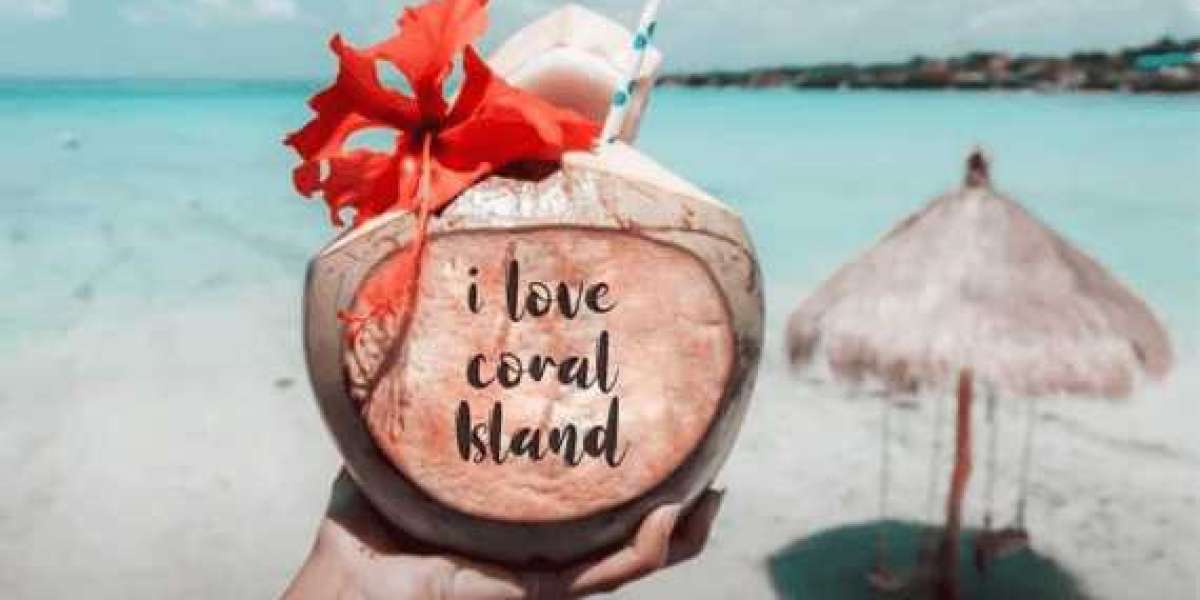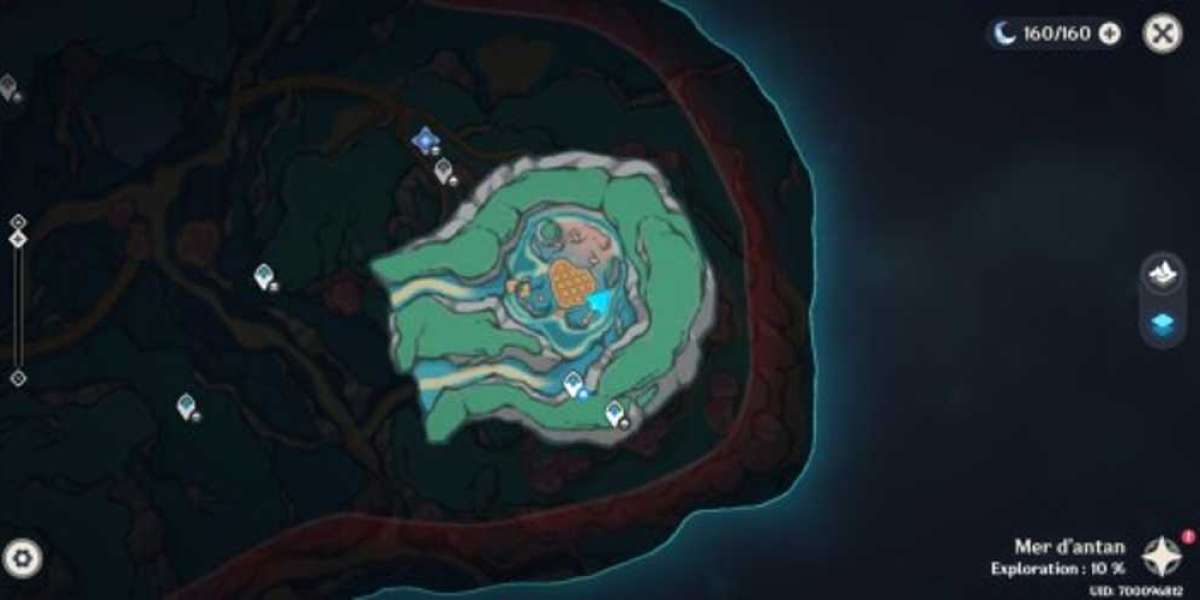Coral Island: A Paradise in the Ocean
Coral islands are beautiful, natural formations that arise in tropical and subtropical oceans. They are made primarily of coral reefs, which are built by tiny marine animals known as corals. Coral islands, with their crystal-clear waters, white sandy beaches, and vibrant marine life, are often seen as idyllic destinations for both nature lovers and vacationers alike. These islands play an important ecological, cultural, and economic role in many regions of the world.
Formation of Coral Islands
Coral islands are typically formed through the gradual accumulation of coral debris and organic materials. The process starts with coral polyps, tiny organisms that secrete calcium carbonate, building large, solid structures known as coral reefs. Over time, layers of coral skeletons, along with sand and other debris, accumulate and rise above the sea’s surface to form an island.
Most coral islands are found in warm, shallow waters, where conditions are ideal for coral growth. One of the most common types of coral islands is the atoll, which forms around a lagoon. Atolls begin as fringing reefs surrounding a volcanic island. As the volcano sinks back into the ocean over time, the reef continues to grow, eventually forming a ring-shaped island.
Ecological Importance
Coral islands are home to an astounding diversity of life. Coral reefs, in particular, support one of the most biologically diverse ecosystems on the planet. They serve as nurseries and feeding grounds for thousands of species of fish, mollusks, crustaceans, and other marine animals. Coral islands also attract larger species such as sharks, rays, and sea turtles, all of which depend on these ecosystems for survival.
Additionally, coral reefs act as natural barriers, protecting coastal areas from the full force of ocean waves, storms, and erosion. They help mitigate the effects of hurricanes and tsunamis, safeguarding both human populations and natural habitats on the islands.
Threats to Coral Islands
Despite their beauty and ecological importance, coral islands and reefs face significant threats, largely due to human activity. Climate change, particularly the rise in sea temperatures, is one of the most pressing dangers. Warmer waters cause coral bleaching, a phenomenon in which corals expel the algae that live within them and provide them with nutrients. This weakens the coral and can lead to widespread reef die-offs.
In addition to climate change, pollution, overfishing, and destructive fishing practices (such as blast fishing) also threaten coral ecosystems. Coastal development and tourism can further harm these delicate environments if not managed sustainably. The combination of these factors poses a serious risk to the survival of coral islands and the marine life they support.
Coral Islands as Tourist Destinations
Many coral islands have become popular tourist destinations, known for their natural beauty, clear waters, and excellent opportunities for snorkeling, diving, and other water sports. Visitors are drawn to places like the Maldives, the Great Barrier Reef in Australia, and the Caribbean islands to experience the stunning underwater world firsthand.
However, the surge in tourism can be a double-edged sword. While it provides economic benefits for local communities, tourism can also lead to environmental degradation if not managed properly. Overcrowding, pollution from boats, and careless behavior by tourists can all damage the fragile coral ecosystems.
Conservation Efforts
In response to the mounting threats facing coral islands, numerous conservation efforts have been initiated. These include establishing marine protected areas (MPAs), promoting sustainable tourism, and supporting coral restoration projects. Some organizations are experimenting with coral gardening, where healthy coral fragments are grown in nurseries and then transplanted onto damaged reefs.
Educating the public about the importance of coral reefs and the need to protect them is another key strategy in the fight to preserve these precious ecosystems. By raising awareness and encouraging responsible behavior, it is possible to minimize human impact and give coral islands a chance to thrive in the future.
Conclusion
Coral islands are true natural treasures, offering stunning landscapes and serving as vital ecosystems for a wide array of marine life. Their beauty and importance, however, come with a fragility that requires global efforts for conservation. From sustainable tourism to protecting reefs from environmental threats, preserving these islands is crucial for the health of the ocean and the well-being of future generations.
MORE INFORMATION SCROLL DOWN
Suvarnabhumi Airport To Pattaya








